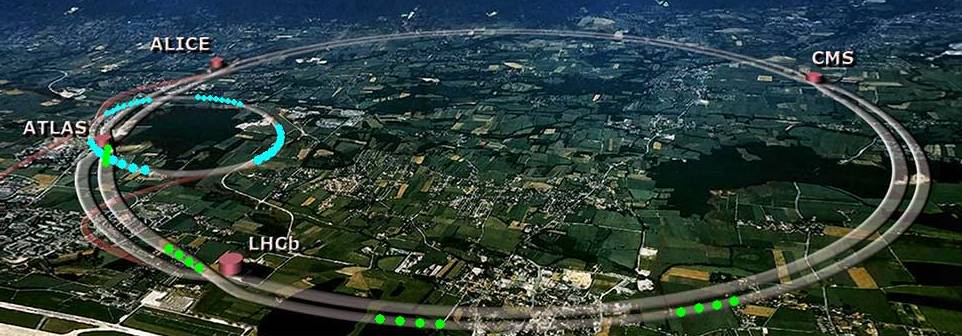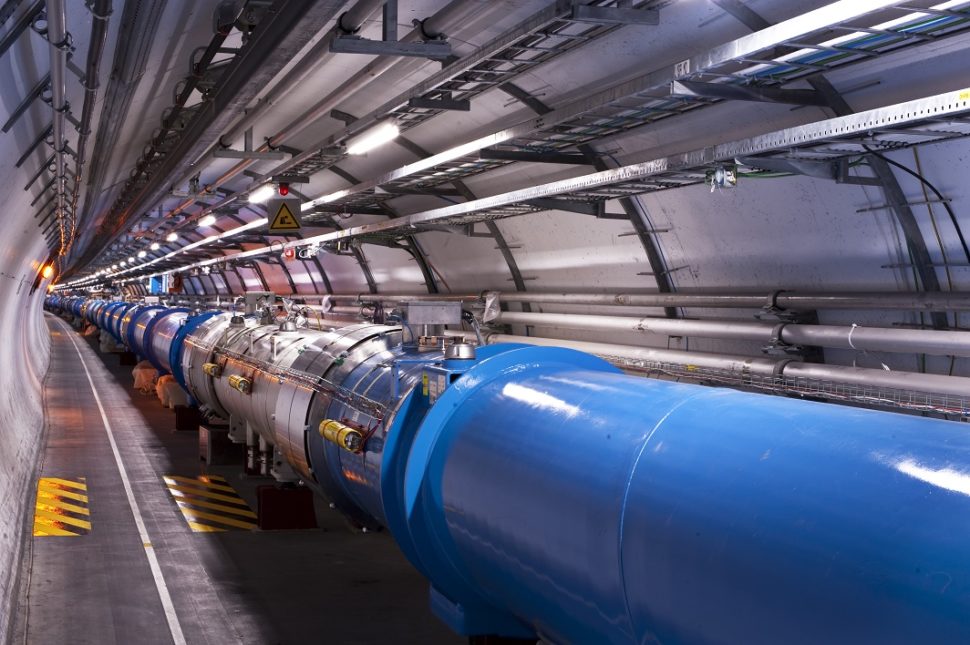Particle accelerator beams are used by physicists and medical technicians alike, and new research is raising the standard for stability and intensity of those beams. This comes at a time where regulations for highly experimental research are needed to avoid unstable results.
Researchers at the Princeton Plasma Physics Laboratory (PPPL) have developed a new theoretical framework for improving particle accelerator beams in collaboration with scientists from South Korea and Germany. The new theory heralds the next generation of accelerators by building on a model theorized by two Russian scientists in 1959. This new model could help discover new subatomic particles.
The Future is Down the Tubes
Accelerator beams work by sending billions of charged particles down a circular tube before having them collide at intense speeds. The energy density of the particles allows them to generate subatomic particles upon collision with the target, enabling researchers to study types of particles that have not been seen since the universe was relatively young. One example of this method is the Large Hadron Collider, the world’s most powerful accelerator which allowed physicists to find the elusive Higgs-Boson particle.
#CERN has been the fuel for many half-baked conspiracies including the altering of reality or the opening of a black hole within Earth's atmosphere. Click To TweetParticle beams naturally disperse as they pass through the tunnel because of the mutual repulsion of particles and imperfections within the accelerator. Currently, high precision magnets line the walls of accelerators to help control such degradation of the beam.
The new theory advances seven years of PPPL’s work to improve beam stability. The main difference between this new theory and the standard model is the strong coupling of vertical and horizontal motions. The standard model saw this as different movements that are independent of each other.
According to the paper published in the November issue of Physical Review Letters, the results “provide important new theoretical tools for the detailed design and analysis of high-intensity beam manipulations.”
Changing the Particle Accelerator Standard Model
For the past 55 years, scientists have done their work using a Russian model called the Kapchinskij-Vladimirskij distribution, which considers the particle motions of high-intensity beams to be uncoupled. Researchers are using a modified version of this model to include all coupling forces that can make the beams more stable.
The new model results in a theoretical tool that agreed well with simulation results presented by the Emittance Transfer Experiment at the Helmholtz Centre in Germany. The simulations showed researchers a new beam manipulation method for future accelerators, which means that more intense beams could be created. The findings are exciting for physicists, as more intense beams could mean the discovery of new subatomic particles.

CERN has been the fuel for many half-baked conspiracies including the altering of reality or the opening of a black hole within Earth’s atmosphere. Yet, the LHC isn’t the only place hosting highly experimental research. For that reason, the PPPL suggests regulations for work with such potentially unstable results.



















Comments (0)
Most Recent